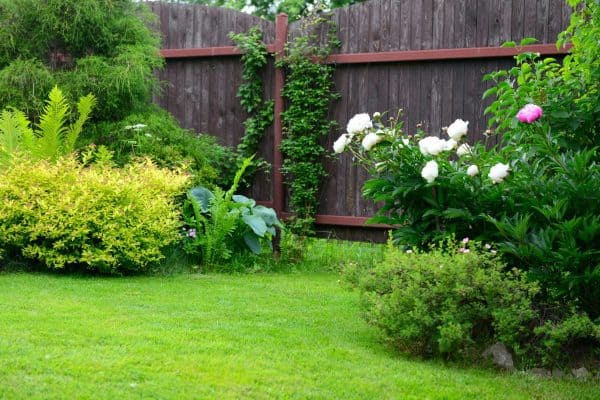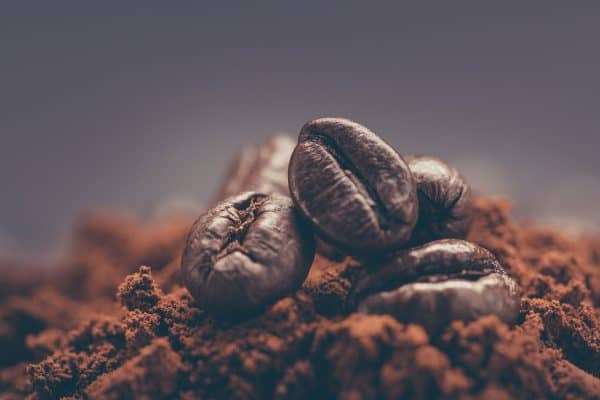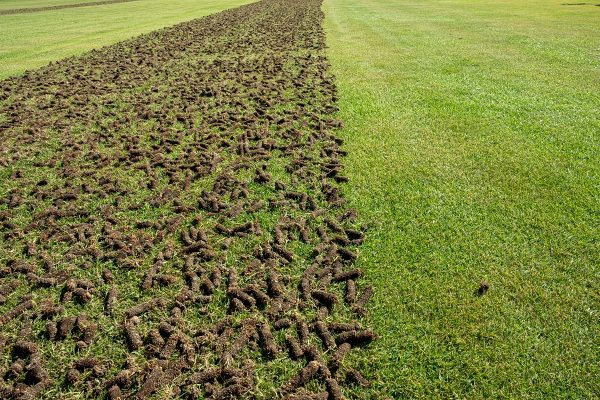The soil type is one of the most essential things you need to pay attention to when growing a particular plant. Different plants thrive in different soil conditions, so how do you know a plant rooted in sandy soil will be able to get necessary nutrients? How can you irrigate sandy soil? We have researched answers to find out.
A coarse and sandy soil tends to have a lot of pores that allow water to drain quickly. For this reason, you only need to irrigate sandy soil about three times a week with 0.3 to 0.35 inches of water at a time. Their irrigation sessions need to be quick and short to make sure that the root catches the water.
There are many ways you can improve the quality of your soil to help plants thrive. You should also consider the weather patterns in your area, as well as the flora and fauna that grows around your area. Irrigation depends on several factors, and there is no one-size-fits-all formula. Keep reading below to learn more about proper irrigation and improving soil health.
![Handful of Oil Sand - How To Irrigate Sandy Soil [And Improve Drainage]](https://landscapingbase.com/wp-content/uploads/2022/07/Handful-of-Oil-Sand-How-To-Irrigate-Sandy-Soil-And-Improve-Drainage-1200x800.png)
Clay Soil vs. Sandy Soil — What’s the Difference?
There are many types of soil, and they have their own qualities that make specific plants thrive on them.
For instance, the particles present in sandy soil are coarse. This means that the spaces between them are large, making water retention fairly low.
Since it has low water retention, sandy soil is less fertile, which is why it’s important to fatten up the soil through organic compost material.
You can easily identify sandy soil when you feel it in your hands—they will feel gritty and grainy, and they are easily tilled.
Clay Soil, on the other hand, is made of very fine particles; they are more compact and have fewer spaces between them. Because of this, the soil tends to have very high water retention.
However, although it is highly fertile soil, gardeners need to water the soil sparingly so as to not drown plants that hate wet feet.
To improve the drainage of clay soil, you can bury compost material in the soil. You can also put wood chunks and mulch into the soil to let the water spread out and not concentrate on one area.
Benefits of Sandy Soil
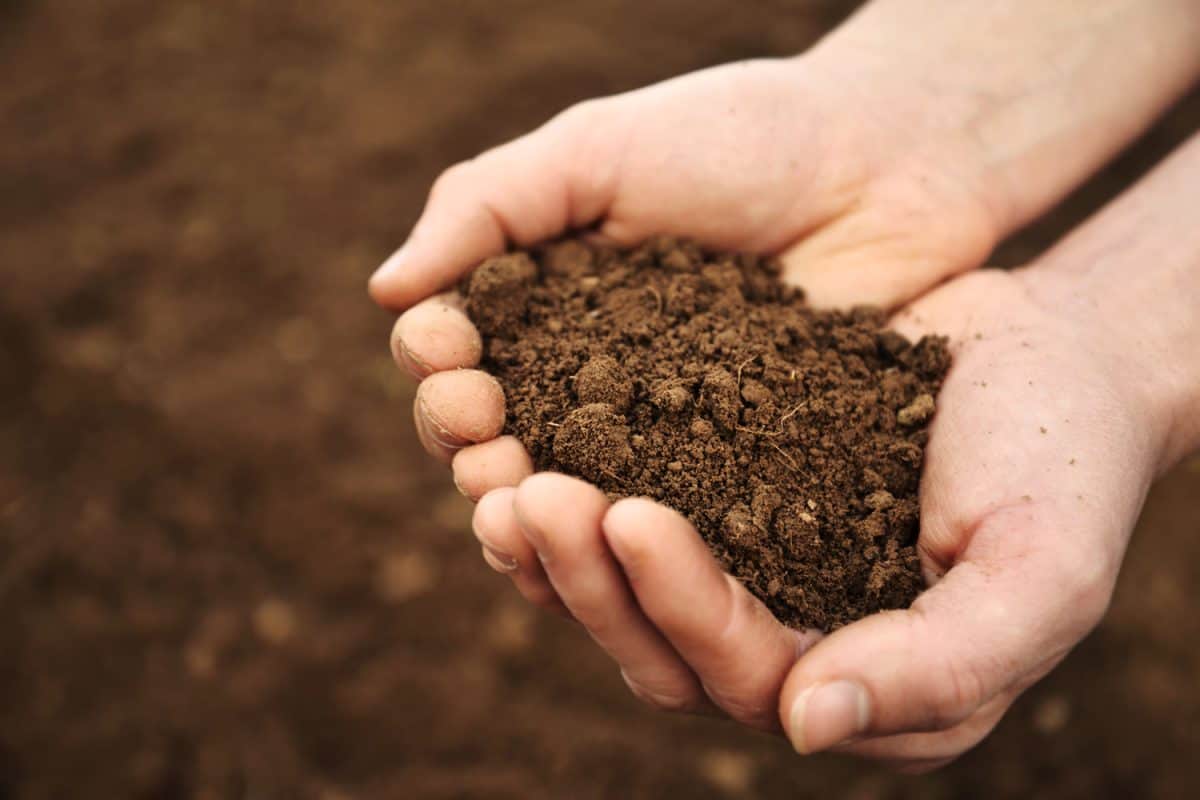
Although sandy soil feels coarse and gritty, there’s a reason sandy soil is preferred by a lot of gardeners. Here are some of the advantages of planting on Sandy Soil.
Lighter Weight
Sandy soil has a lighter structure, making them easier to transport into your garden. Their looseness is also ideal as an aggregate for concrete, which can be perfect for your paved garden.
Drains Easily
If you live in an area that is frequented by rain, sandy soil will be beneficial for you. The soil drains easily, and it’s easy to work with after a storm so you won’t have to worry about your plants drowning.
Easy to Dig
Since the soil is mostly loose and coarse, they are easier to dig into if you’re planning to bury organic material underneath. It is also easier to put in new plants since even a beginning gardener can till into the soil.
Flowering Plants Prefer Sandy Soil
Most flowering shrubs, which are abundant in most gardens, don’t like their roots drowning in too much moisture. Most crops and vegetables such as tomatoes, potatoes, and berries prefer soil that drains easily, which sandy soil can easily provide.
Disadvantages of Sandy Soil
Despite their obvious benefits, sandy soil does have disadvantages. These are dependent on your climate and weather patterns, so you'll need to weigh the possibility of these disadvantages and whether you have the resources to remedy them
Here are some disadvantages of sandy soil.
Dries out quickly
Plants need moisture in order to thrive. Sandy soil, although drains well, can also lose its moisture fairly quickly. Some plants will need to be watered more often in this soil especially if you live in warm and dry areas.
Not fertile enough
Because sandy soil is coarse and has large spaces in between, nutrients will have a difficult time latching on to the soil for the roots to feed on.
When you overwater sandy soil, the nutrients can even be whisked further away from the roots, removing what's left of the nutrients. Fortunately, you can work around this by mixing the soil with organic compost.
Highly acidic
This can either be an advantage or disadvantage depending on the type of plant you're planning to put into the soil. Some plants prefer soil with a higher pH (alkaline), while some thrive better in soil with lower pH (acidic).
If you don't have enough time or resources to fatten up your soil, stick with plants that thrive in sandy soil with little maintenance. Lavender, flowering shrubs, and root vegetables thrive best on acidic soil.
Best Way to Irrigate Sandy Soil
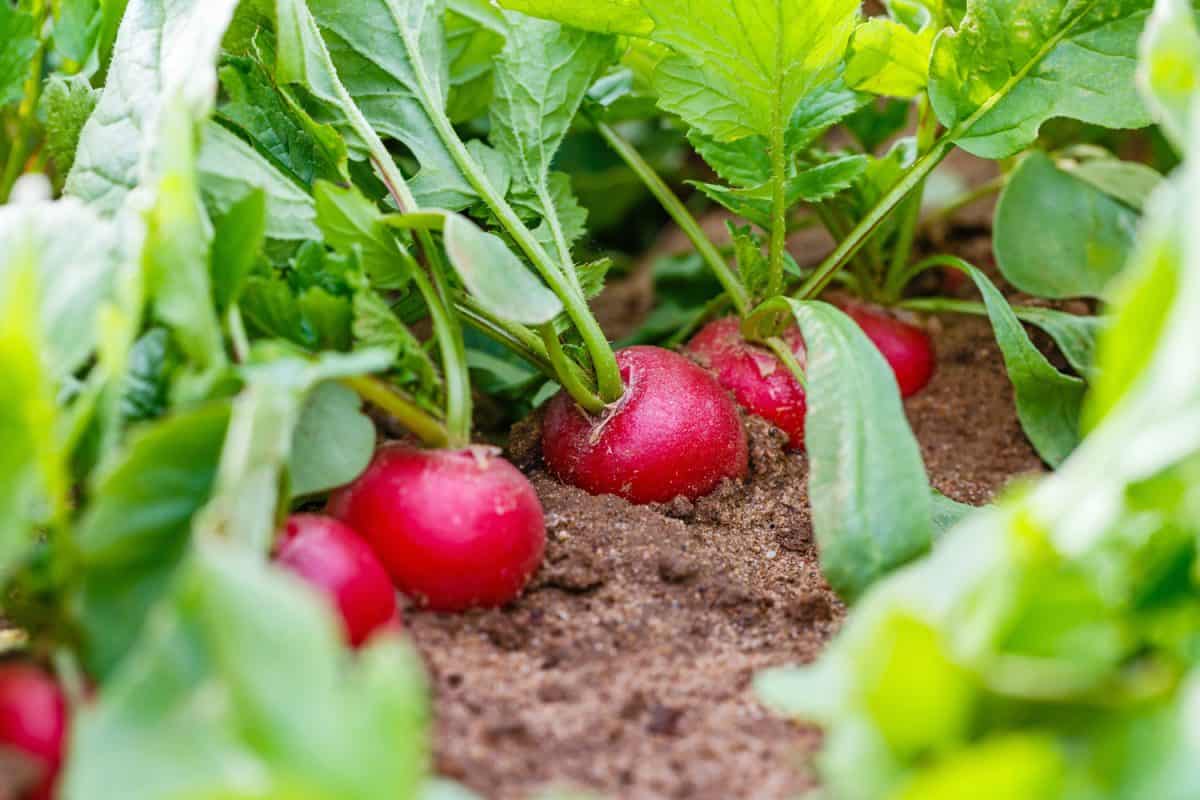
Irrigation needs to be done correctly to produce desirable results. It is essential for crops, shrubs, root vegetables, and flowering plants, especially if you live in a dry area.
Here are tried-and-true methods that will help you manage irrigation.
Irrigation Scheduling
Irrigation scheduling is simply determining the right time to water the plants, and how much water to put into the soil.
You can determine the right schedule by observing the texture and appearance of the soil, or you can use a Tensiometer to gauge the moisture level of the soil.
Drip Irrigation System
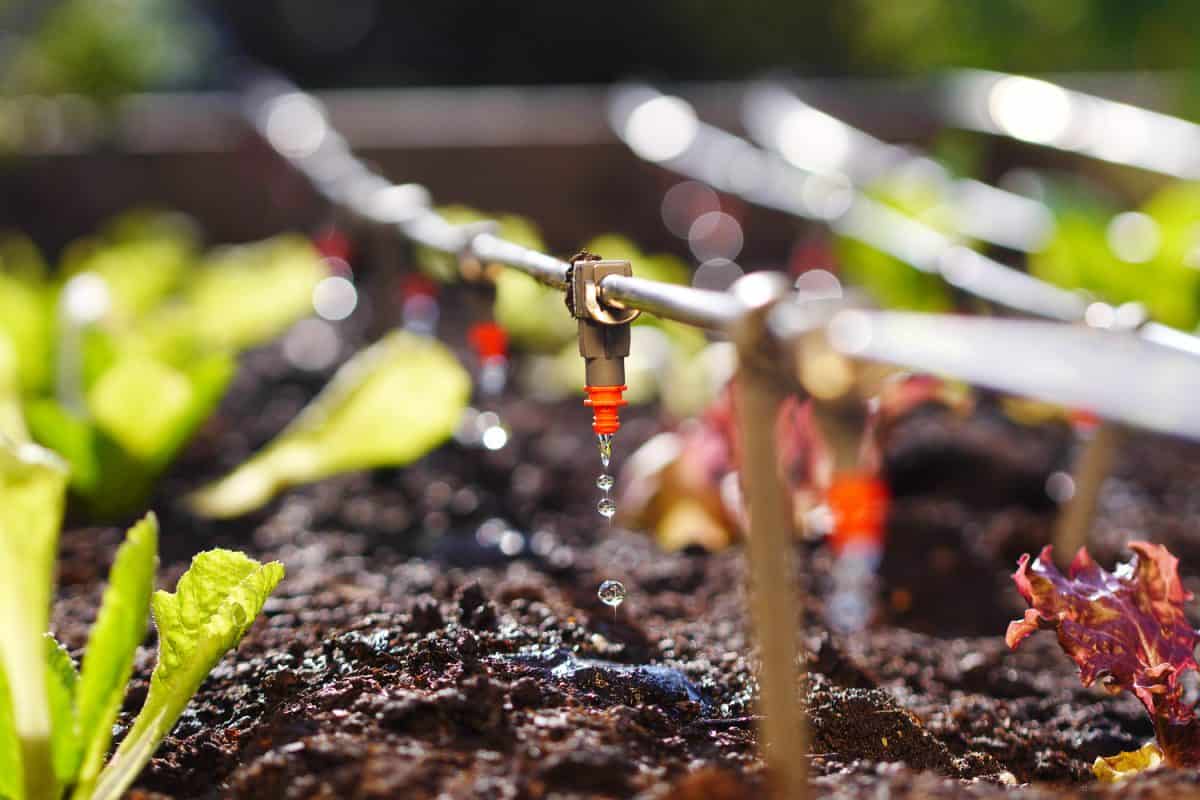
The drip irrigation system is one of the most popular methods used by gardeners because of its efficiency. The amount of water released is more controlled since it utilizes drip emitters which allows water to be released consistently but slowly.
The steady rate of drip can nourish sandy soil well, and it doesn't require a lot of effort once you've set up an effective system.
See this drip irrigation kit on Amazon
Sensor Irrigation
Another way you can determine when you should irrigate your soil is by installing a wireless sensor that can detect the soil's moisture content. This will help save water and prevent you from overwatering shrubs and plants that don't like wet feet.
Plants that thrive in Sandy Soil
Knowing the kinds of plants that can thrive in your soil is important to save time, energy, and resources. The soil will determine the plants you can put into it, so you'll need to be familiar with the variety of plants that your soil can nourish effectively.
Here are some plants that you can try planting in your garden if you have sandy soil.
Russian Sage
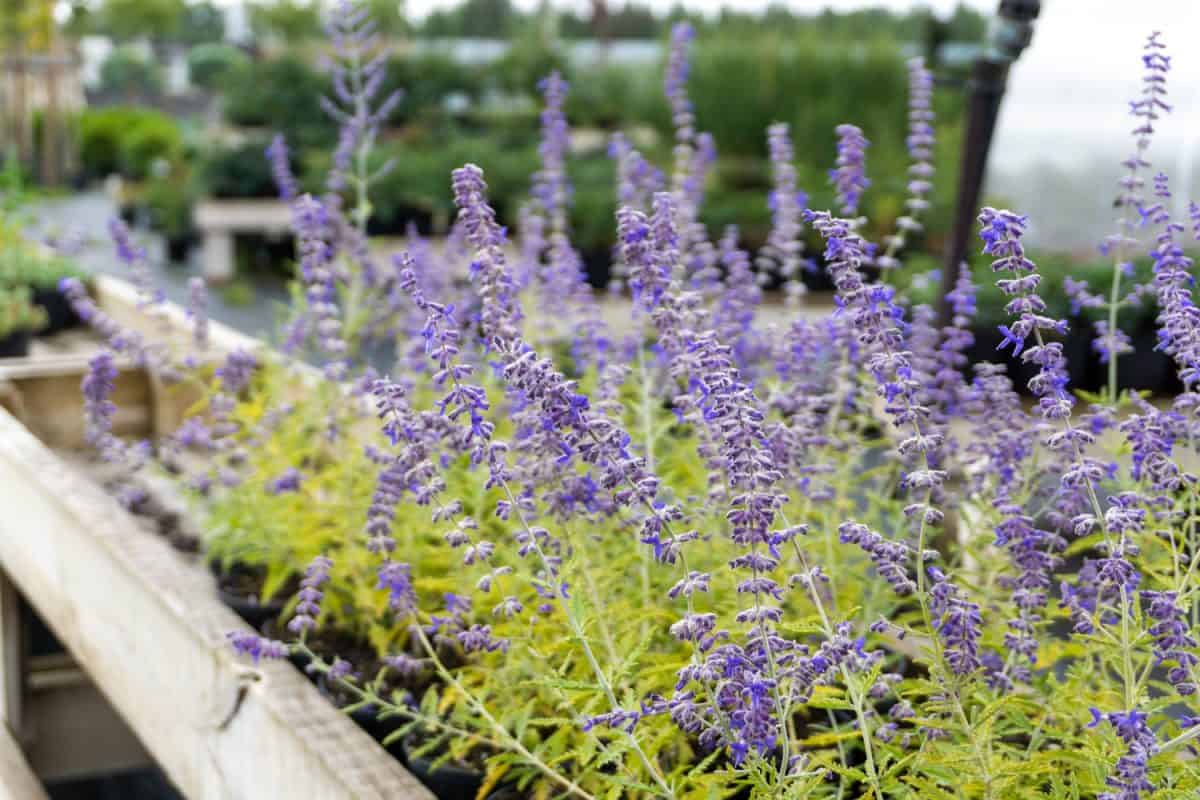
Russian sages are beautiful flowers with purple blooms that grow in the middle of summer. They are generally low maintenance, and they thrive on well-drained soil which sandy soil is known for. They are hardy in USDA zones 5-10, and they grow under full sun to partial shade.
Make sure you leave a 1-meter space between them to allow for adequate air circulation. For best results, mulch the soil with gravel.
Beaded Iris
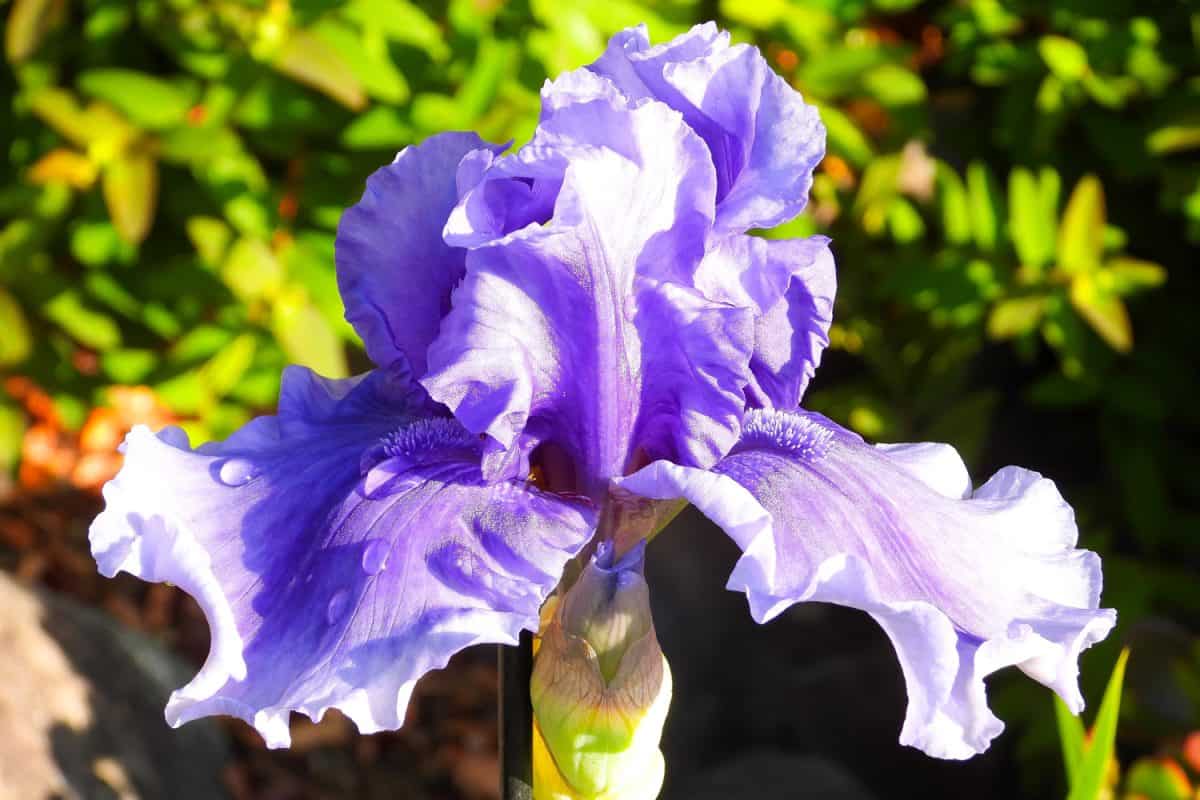
Beaded irises are famous for their slim buds and big blooms. They can handle extreme temperatures, tolerating the weather patterns in USDA zones 3-9. They thrive in well-drained soil, and they do not need mulch since they do not like too much moisture.
During the fall, make sure to prune the foliage to prevent it from attracting overwintering pests.
Sedum

Sedum is a garden favorite since they attract birds and butterflies, which are great for pollination. Their blooms come in a variety of colors ranging from orange, pink, red, white, and yellow, and they can bloom under full sunlight.
Sedums can either spread to the ground allowing them to cover garden paths, or they can grow tall and create borders around your garden.
They are highly susceptible to root rot, so they thrive best in sand soil that doesn't hold too much moisture.
Wrapping Up
It can be tricky to irrigate sandy soil, but it's not impossible. Some plants thrive with little moisture and some will need a lot of it, so you'll need to set up a system that can satisfy the variety of plants in your garden.
The soil determines the overall health of your garden, so it's important to keep it healthy by mixing it with organic piles of compost and keeping it within the right level of moisture.


